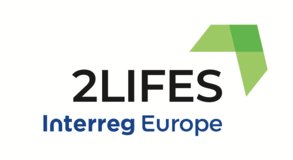At 2% annual growth rate, electrical and electronic equipment waste (WEEE) is among the fastest growing waste streams, having climbed to 12 million tons in 2020 according to estimates. This waste stream comprises of a complex mixture of materials, including hazardous content, requiring specific management to avoid major environmental and health damage, or high value and critical raw materials. For example, around 10% of gold worldwide is used to produce modern electronics. Collection rates in Europe are still very low, below 40%. Some expert studies are estimating the number is actually around 23%. When collected, the recycling rates reach around 80%.
Discarding WEEE materials also translates to significant financial losses for the European economy. It is estimated that the overall potential revenues from WEEE recycling in the EU could amount to € 2.15–3.67 billion (2020). To improve reuse and recycling of WEEE, the European Union has set a target of a 65% minimum collection rate (EU WEEE Directive) and presented ideas of EU-wide take back/sell back schemes or a review of hazardous substances used in electronic equipment in the Circular Economy Action Plan. Moreover, the Eco-design Directive calls for better reparability and durability of electronic items.
The webinar presented policy measures and circular approaches from Interreg projects including the 2LIFES project. The aim was to learn how to improve the collection and recycling of WEEE in line with the European agenda, aiming to inspire local and regional authorities.

